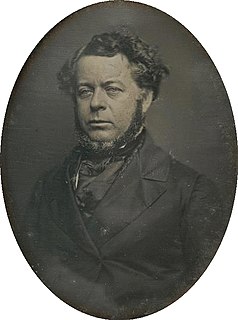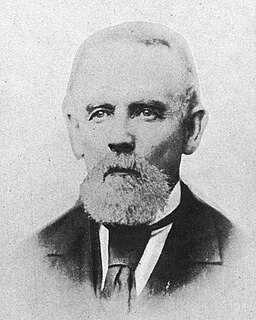 W
WThe Navy of the Confederate States (CSN) was the naval branch of the Confederate States Armed Forces, established by an act of the Confederate States Congress on February 21, 1861. It was responsible for Confederate naval operations during the American Civil War (1861–1865), fighting against the United States Navy.
 W
WThe blockade runners of the American Civil War were seagoing steam ships that were used to get through the Union blockade that extended some 3,500 miles (5,600 km) along the Atlantic and Gulf of Mexico coastlines and the lower Mississippi River. The Confederate states were largely without industrial capability and could not provide the quantity of arms and other supplies needed to fight against the industrial north. Blockade runners built in Scotland and England met this need and imported the guns, ordnance and other supplies that the Confederacy desperately needed, in exchange for cotton that the British textile industry likewise was in desperate need of. To get through the blockade, these ships, built in British ship yards and specially designed for speed, had to cruise undetected, usually at night, through the Union blockade. The typical blockade runners were privately owned vessels often operating with a letter of marque issued by the Confederate States of America. If spotted, the blockade runners would attempt to outmaneuver or simply outrun any Union ships on blockade patrol, very often successfully.
 W
WJames Dunwoody Bulloch was the Confederacy's chief foreign agent in Great Britain during the American Civil War. Based in Liverpool, he operated blockade runners and commerce raiders that provided the Confederacy with its only source of hard currency. Bulloch arranged for the unofficial purchase by Britain of Confederate cotton, and the dispatch of armaments and other war supplies to the South. His secret service funds are alleged to have been used for the planning of Lincoln's assassination.
 W
WThe Department of the Navy was the Confederate Civil Service department responsible for the administration of the affairs of the Confederate States Navy and Marine Corps. It was officially established on February 21, 1861.
 W
WStephen Russell Mallory was a Democratic senator from Florida from 1851 to the secession of his home state and the outbreak of the American Civil War. For much of that period, he was chairman of the Committee on Naval Affairs. It was a time of rapid naval reform, and he insisted that the ships of the US Navy should be as capable as those of Britain and France, the foremost navies in the world at that time. He also wrote a bill and guided it through Congress to provide for compulsory retirement of officers who did not meet the standards of the profession.
 W
WThe National Civil War Naval Museum, located in Columbus, Georgia, United States, is a 40,000-square-foot (3,700 m2) facility that features remnants of two Confederate States Navy vessels. It also features uniforms, equipment and weapons used by the United States (Union) Navy from the North and the Confederate States Navy forces. It is claimed to be the only museum in the nation that tells the story of the two navies during the Civil War.
 W
WJohn Luke Porter was a naval constructor for United States Navy and the Confederate States Navy.
 W
WA South Carolina Navy has been formed twice by the State of South Carolina. The first time was during the American Revolutionary War, in which the state purchased and outfitted armed vessels independent of the Continental Navy. The second time was during the American Civil War, when its navy was also distinct from the Confederate States Navy.
 W
WA Virginia State Navy existed twice. During the American Revolutionary War, the provisional government of the Virginia Colony authorized the purchase, outfitting, and manning of armed vessels to protect the colony's waters from threats posed it by the Royal Navy.